In recent years, screw air compressors have gradually replaced piston type air compressors. They become the mainstream in the air compressor market. The following mainly introduces the difference between screw type and piston type.
Differences |
Screw air compressor |
Piston air compressor |
|---|---|---|
Scope of application |
The widest scope of application. | The large scope of application, generally used in high-pressure fields. |
Construction |
The two rotors continue to operate, changing the cavity volume to shrink. | The crankshaft drives the piston to reciprocate to rest. It transforms the cylinder volume to contract. |
System configuration |
Air compressor + air storage tank + primary oil filter + air dryer + secondary oil filter | Air compressor + after cooler + low temperature type air dryer + three-stage oil filter + air storage tank + cooling tower + water pump + dry road valve |
The balance of forces |
Good, There is no unbalanced inertial force difference. | Not good. As the crankshaft rotates, the piston changes greatly. Generate a lot of inertial force. |
The vibration and noise |
Small, and no foundation is required. | Large, generally require a foundation in addition to microcomputers. |
Air pulsation and pipe vibration |
Small | Large |
Cooling methods |
air-cooled, water-cooled; air-cooled is recommended, no additional investment. The heat exchanger cleaning only uses contraction gas blowing. | Most big models are cold water, which requires an additional cooling system, such as a cooling tower, water pump, and valve. Increased the level of complexity of the system, there is a possibility of water leakage. It is inconvenient to clean the water-cooled heat exchanger. |
Efficiency and energy consumption |
High efficiency. Energy consumption is reduced by 15%-25%. | Low speed, low efficiency, and high energy consumption. |
Volume and weight |
Small size and lightweight, saving raw materials. | The large size and heavyweight. |
Operation and maintenance |
High degree of automation, simple and convenient operation and maintenance. | Low degree of automation, many spare parts, complicated operation, and maintenance. |
Drive mode |
Direct drive and belt drive | Most are belt drive |
Compressed air quality |
Low exhaust temperature, low oil content, and low quality of impurities. | The exhaust temperature is high, and the oil content and impurities are high. |
Reliability and longevity |
High reliability and long life. The life of the main engine can generally reach more than 60,000 hours. Lubricating oil: 4000 hours; Intake filter: 4000 hours. | High failure rate and short life. Lubricating oil: 2000 hours; intake filter: 2000 hours. |
Repairability |
Generally, no repair is required. When maintenance is required, the maintenance personnel are required to be not very high. | The wearing parts are updated frequently and the maintenance workload is heavy. But the maintenance is less difficult. |


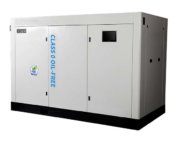
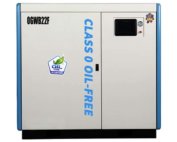
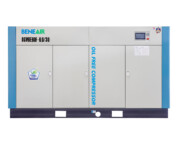
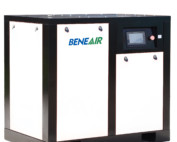
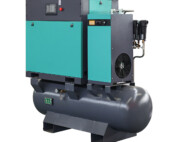
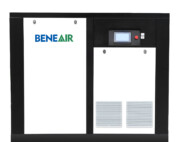
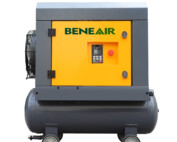
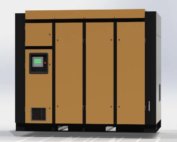
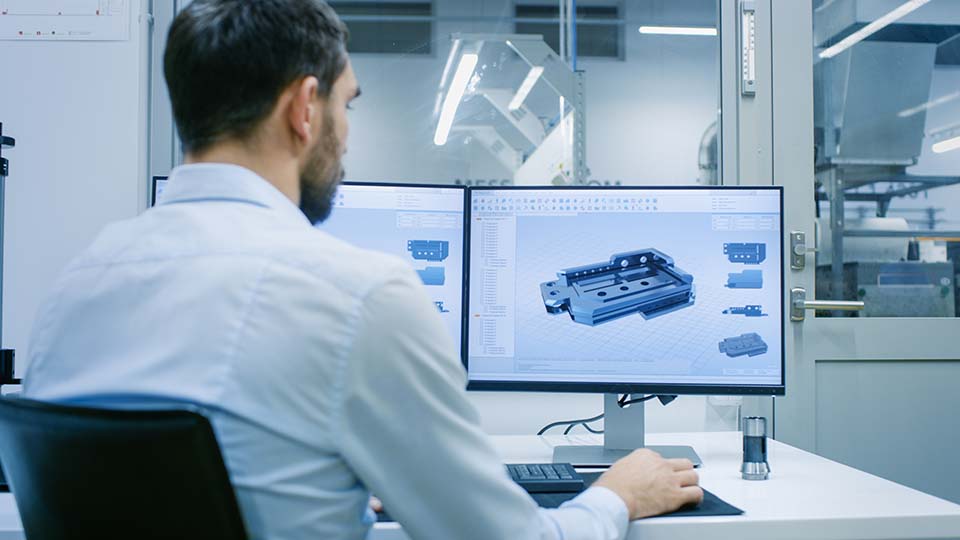
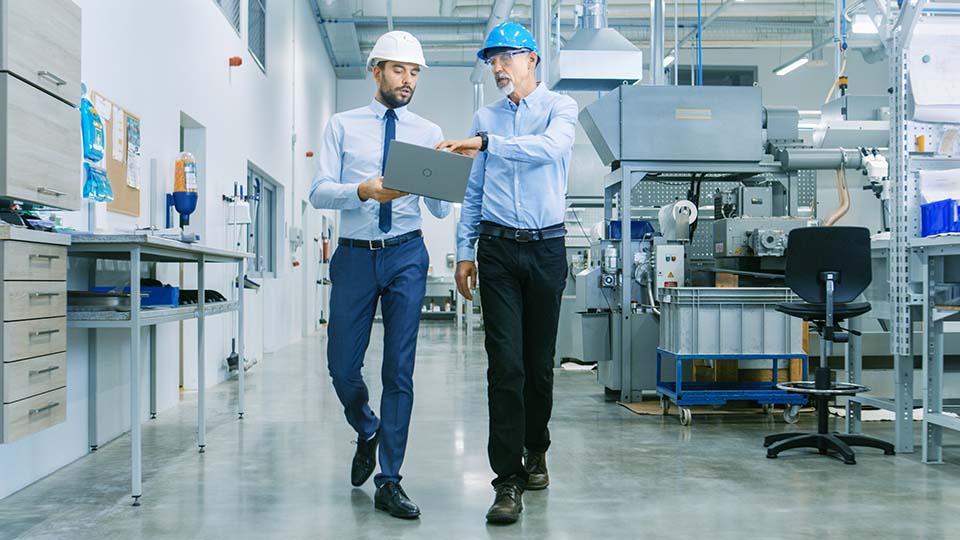
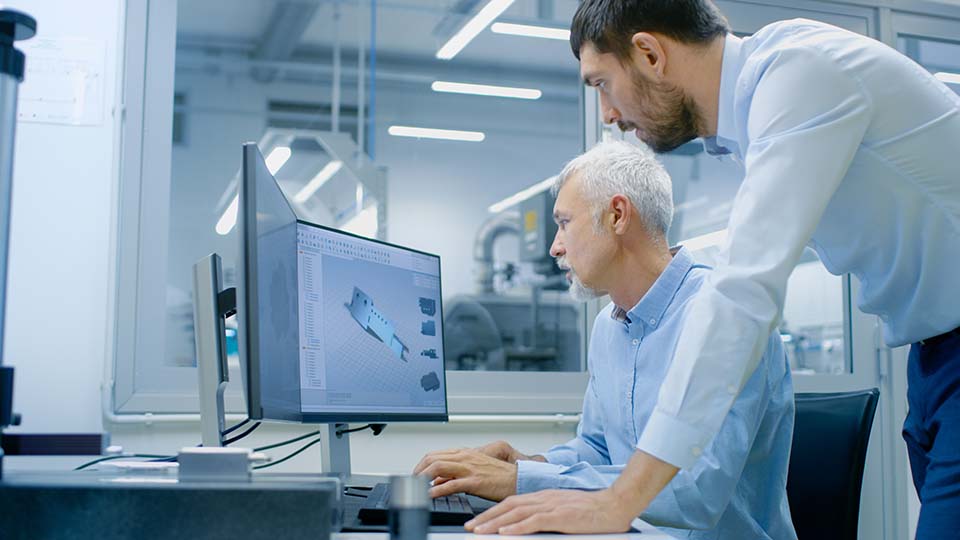
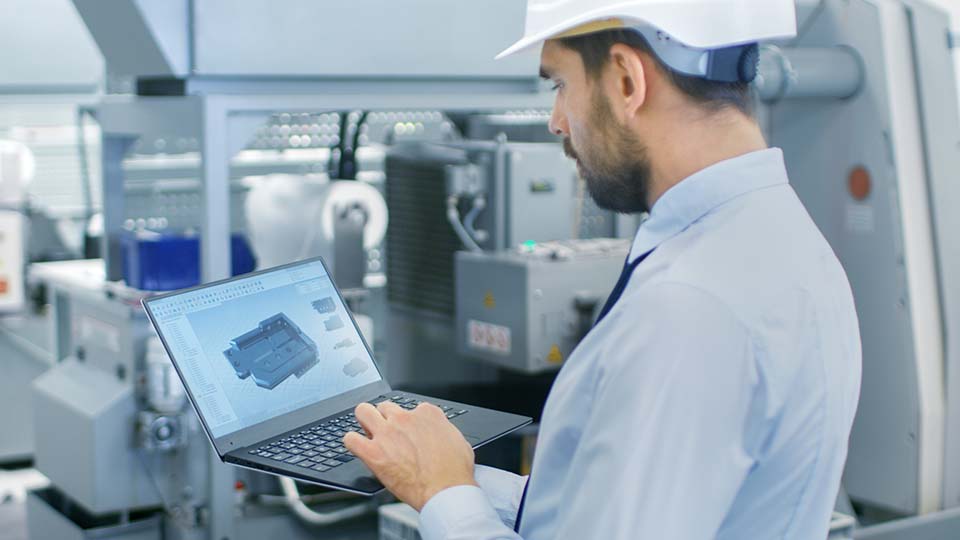
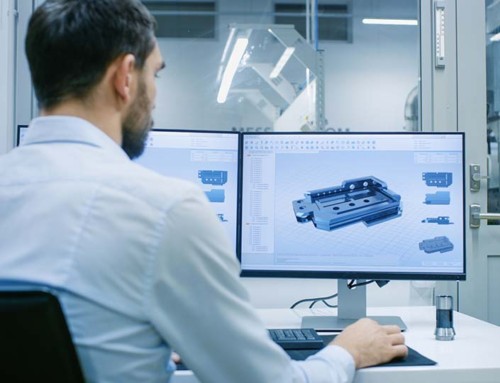
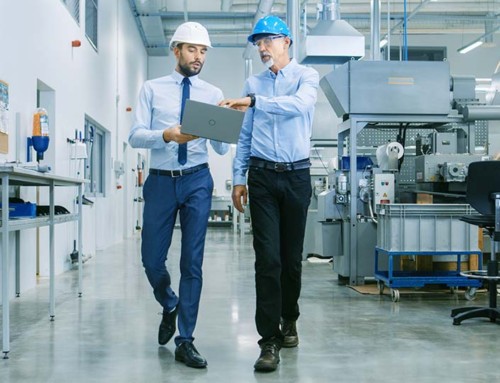
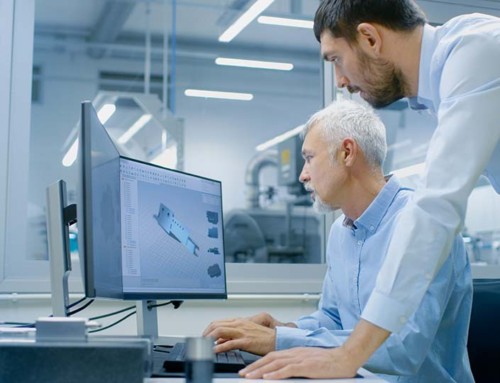
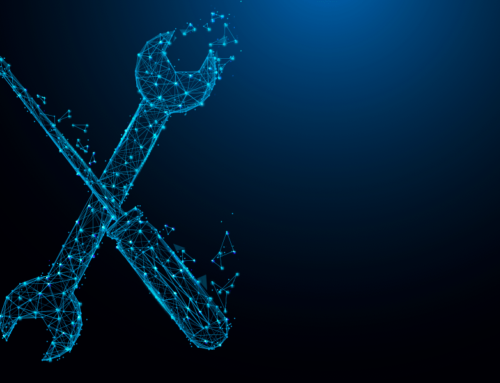
Leave A Comment